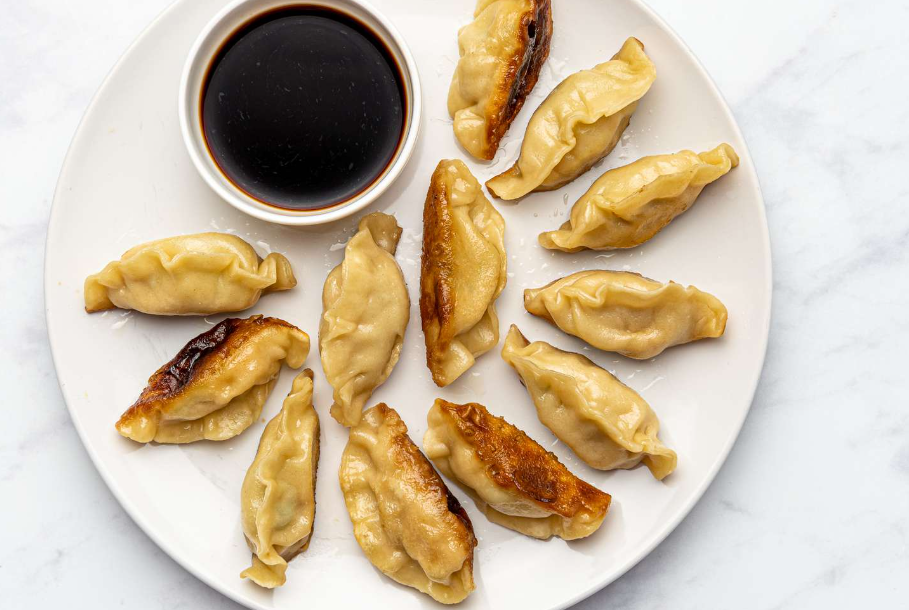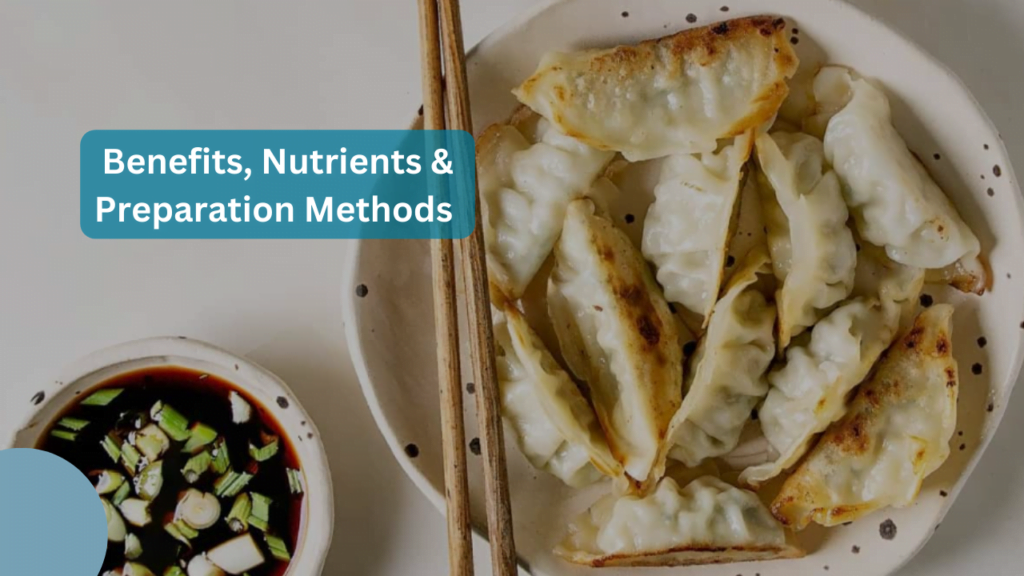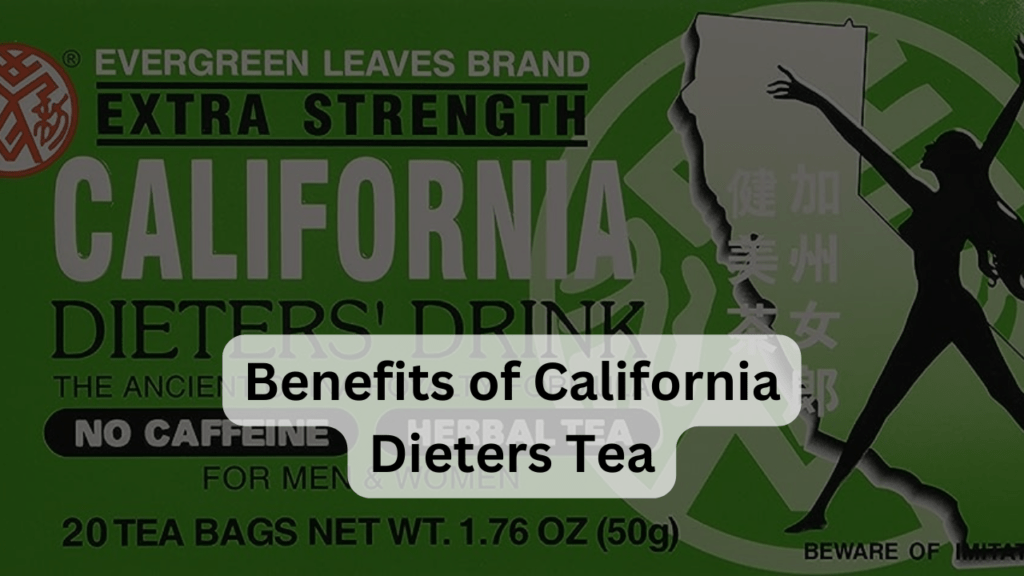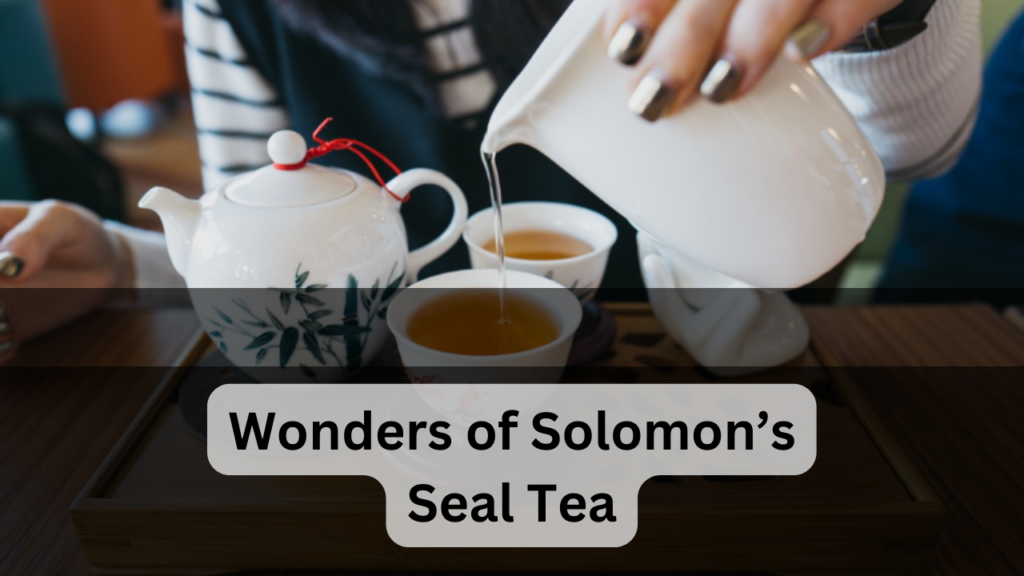Potstickers, those pan-fried parcels of joy bursting with savory fillings, hold a special place in the hearts (and stomachs) of food lovers worldwide.
But when it comes to health, their golden crispness raises a crucial question: are potstickers healthy? The answer, like most things in life, isn’t black and white. It’s a delightful dumpling-shaped dance between ingredients, cooking methods, and mindful consumption.
So, grab your chopsticks, because we’re diving deep into the delicious dilemma of potstickers and their health halo.
Demystifying the Dumpling: Inside the Potsticker
Before we dissect the health aspects, let’s peek inside the potsticker itself. Its anatomy consists of three key elements:
- Wrapper: The delicate doughy skin, traditionally made with wheat flour and water, offers a carb base. Some variations explore healthier alternatives like whole-wheat flour or even vegetable wrappers for a gluten-free twist.
- Filling: This is where the flavor fiesta unfolds. Meat (pork, chicken, shrimp) and vegetables (cabbage, napa cabbage, carrots) are popular choices, and vegetarian or vegan fillings can be equally delightful with tofu, mushrooms, and lentils.
- Cooking Method: Potstickers shine in their pan-fried glory, with a crispy bottom and slightly steamed top. However, steaming or baking offers healthier alternatives with less oil.
Weighing the Scales: Nutritional Breakdown

Now, let’s put on our nutritionist hats and analyze the good, the bad, and the potstickers in terms of health:
The Good
- Protein Power: Meat-based fillings offer a good dose of protein, essential for building and repairing tissues.
- Veggie Vibes: Vegetable fillings are packed with vitamins, minerals, and fiber, promoting gut health and overall well-being.
- Carb Choices: Whole-wheat and veggie wrappers elevate the fiber content, aiding digestion and satiety.
- Portion Control: Potstickers, being bite-sized delights, encourage mindful eating compared to larger, single-serving meals.
The Not-So-Good
- Fat Factor: Pan-frying adds fat, especially saturated fat if using fatty meats. This can raise cholesterol levels and contribute to heart disease risk.
- Sodium Surge: Commercial potstickers can be sodium bombs, a concern for those with hypertension or who need to limit salt intake.
- Calorie Counts: Depending on the ingredients and cooking method, potstickers can pack a calorie punch. Overindulging can negate the potential health benefits.
The Verdict: Potstickers can be healthy with mindful choices. Opt for lean protein fillings, veggie-rich options, whole-wheat or veggie wrappers, and healthier cooking methods like steaming or baking. Control portion sizes and pair them with balanced meals to make them part of a healthy diet.
Potsticker Hacks for Health Heroes
- Embrace the Veggie Power: Opt for vegetable-based fillings or mix them with lean protein for a balanced bite.
- Whole-Wheat Warriors: Choose whole-wheat or veggie wrappers for a fiber boost and lower glycemic index.
- Steaming Supreme: Ditch the oil and embrace the health halo of steaming or baking your potstickers.
- Dipping Delights: Skip the calorie-laden dipping sauces like sweet and sour sauce. Opt for healthier alternatives like low-fat yogurt or soy sauce with a squeeze of fresh lime.
- Portion Perfection: Mindful eating is key. Enjoy potstickers as part of a balanced meal and resist the urge to overindulge.
Beyond the Bite: A Holistic Approach
Remember, health is a journey, not a destination. While potstickers can be part of a healthy diet, a holistic approach is key. Focus on overall dietary patterns, incorporating plenty of fruits, vegetables, whole grains, and lean protein. Regular physical activity and a healthy lifestyle are equally important for optimal well-being.

Are Potstickers Healthy? The Final Dumpling Drop
Potstickers, like most foods, are neither inherently good nor bad for you. They can be a healthy indulgence or a potential pitfall, depending on your choices.
Embrace the good, be mindful of the not-so-good, and make informed decisions to unlock the delicious and nutritious potential of these pan-fried pockets of joy.
Remember, a balanced diet, mindful eating, and a healthy lifestyle are the true recipes for well-being. Now, go forth, grab your chopsticks, and savor the journey of healthy potsticker enjoyment!
Resources & References
- Academy of Nutrition and Dietetics: https://www.eatright.org/
- Harvard School of Public Health: https://www.hsph.harvard.edu/
- USDA MyPlate: https://www.myplate.gov/
- The World Health Organization: https://www.who.int/
Disclaimer: This article is for informational purposes only and should not be interpreted as medical advice. Always consult with a healthcare professional before making any changes to your diet or lifestyle.
FAQs About Potstickers and Your Health
Are potstickers inherently unhealthy?
No, not necessarily! Potstickers can be healthy or unhealthy depending on the ingredients, cooking method, and portion size. Lean meat or veggie fillings, whole-wheat wrappers, and steaming or pan-frying with minimal oil make them a more nutritious choice.
What’s the healthiest way to cook potstickers?
Steaming is the clear winner! It preserves nutrients, minimizes fat absorption, and lets the delicate flavors shine through. Pan-frying with healthy oils like avocado or grapeseed is okay in moderation, but deep-frying is best kept for occasional indulgences.
Are frozen potstickers healthy?
It depends on the brand and ingredients. Check the nutrition label for fat and sodium content. Look for brands with lean protein, whole-wheat wrappers, and no added sugars or preservatives. Steaming them at home keeps things healthy even with frozen options.
Can I eat potstickers on a diet?
Absolutely! Choose smaller portions, opt for steamed or pan-fried with minimal oil, and focus on veggie or lean-meat fillings. Pair them with a salad or light soup for a balanced and satisfying meal.
How can I make potstickers more nutritious?
Get creative with your fillings! Add chopped vegetables like spinach, broccoli, or mushrooms for extra vitamins and fiber. Use tofu or lentils for a plant-based protein boost. Experiment with whole-wheat or spelled wrappers for added fiber and nutrients.
Are there any health risks associated with potstickers?
The main concerns are high sodium content and the potential for overindulgence. Choose brands with lower sodium, control your portion sizes, and enjoy them as part of a balanced diet. If you have any health concerns, consult your doctor before making significant changes to your diet.


